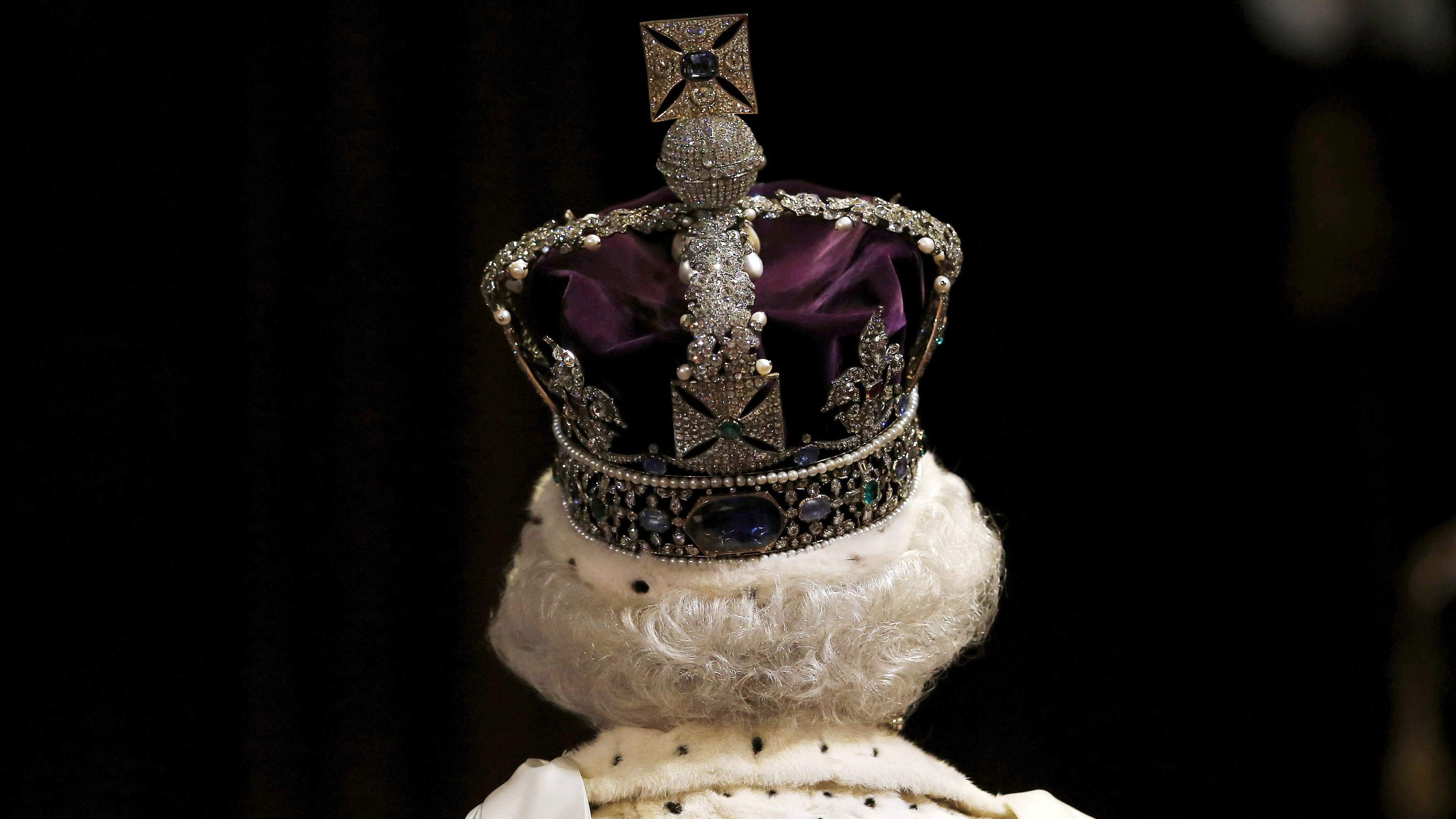Speaking for the first time about her coronation 65 years ago, Britain’s Queen Elizabeth has revealed how uncomfortable riding in her golden carriage to the ceremony was and how wearing the Imperial State Crown risked "breaking your neck."
Elizabeth, Britain's longest-reigning monarch, was crowned queen on June 2, 1953, at London's Westminster Abbey, in an ancient, grand service whose origins date back 1,000 years.
In a very rare, personal account for a BBC documentary airing on Sunday, she speaks candidly about the occasion and some of the Crown Jewels which play a symbolic role in the ceremony.
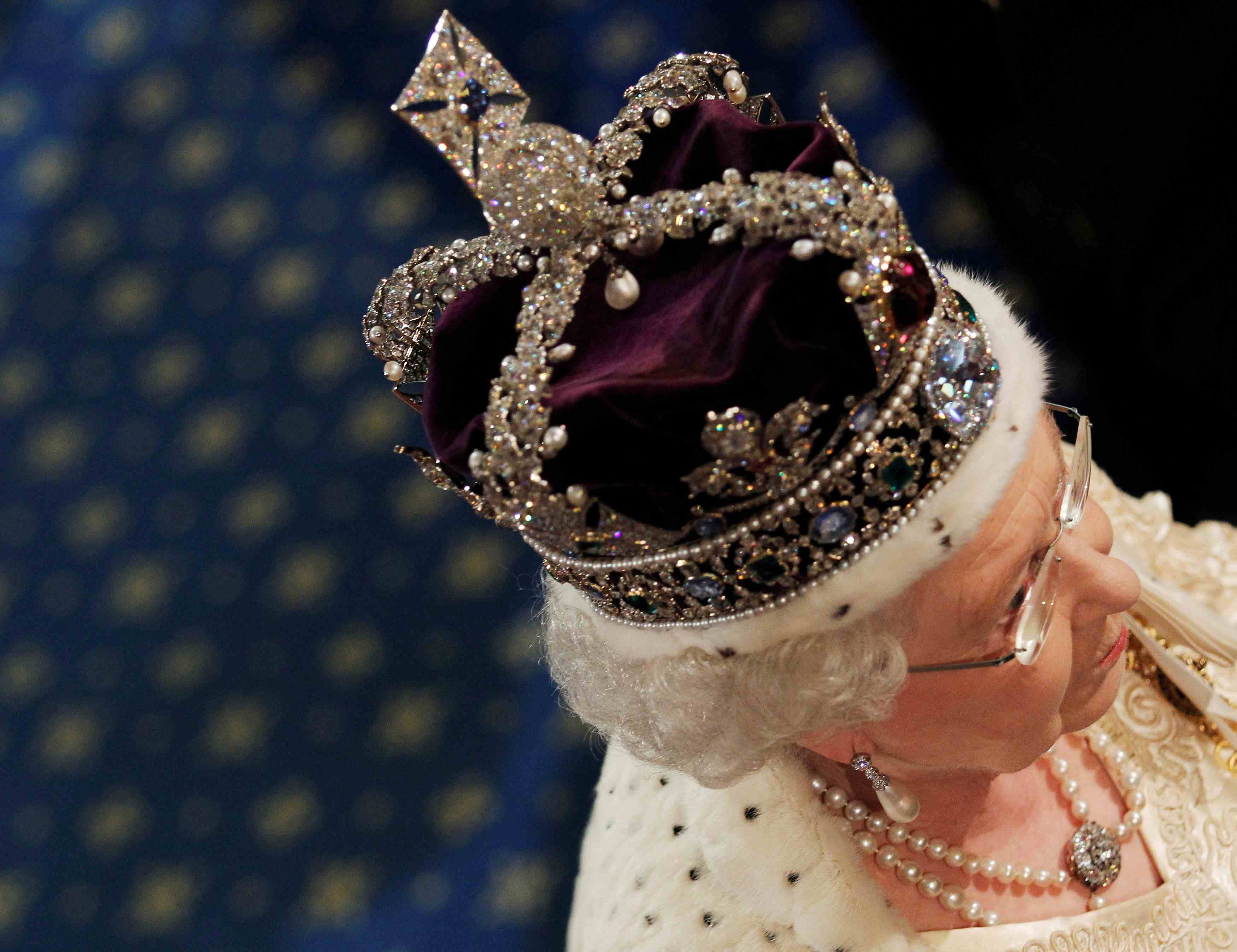
Britain's Queen Elizabeth walks through the Royal Gallery in the
Palace of Westminster during the State Opening of Parliament in London, May 25, 2010. /Reuters Photo
Britain's Queen Elizabeth walks through the Royal Gallery in the
Palace of Westminster during the State Opening of Parliament in London, May 25, 2010. /Reuters Photo
Among the revelations of the BBC program is that the crown jewels were kept safe during World War II by being hidden in a biscuit tin buried at Windsor Castle. Although it was known the jewels had been taken to the castle 232 kilometers west of London for safekeeping, details had not been widely discussed.
The queen discusses the challenges of being head of state. She jokes that she can’t look down while wearing the Imperial State Crown — which weighs 2 pounds 13oz (1.28 kilograms).
"Horrible," she said of the ride in the four-tonne carriage from Buckingham Palace to the abbey where English monarchs have been crowned since 1066. "It's only sprung on leather, not very comfortable."
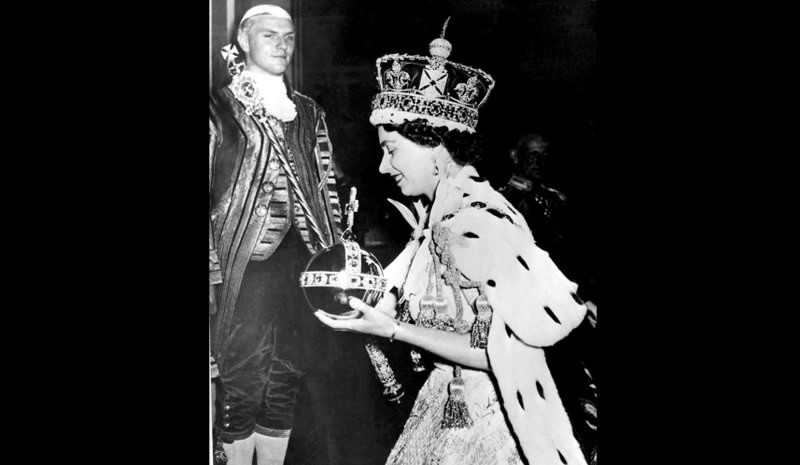
June 2, 1953: Queen Elizabeth II wearing the bejeweled Imperial Crown and carrying the Orb and Scepter with Cross, leaves Westminster Abbey, at the end of her coronation ceremony. /AP Photo
June 2, 1953: Queen Elizabeth II wearing the bejeweled Imperial Crown and carrying the Orb and Scepter with Cross, leaves Westminster Abbey, at the end of her coronation ceremony. /AP Photo
Elizabeth, now 91, was just 25 when she became queen on the death of her father George VI in 1952, with the coronation taking place the following year.
"It's the sort of I suppose the beginning of one's life really as a sovereign,” she said. "It is sort of a pageant of chivalry and old-fashioned way of doing things really. I’ve seen one coronation (her father’s in 1937) and been the recipient in the other, which is pretty remarkable."
Giving her personal recollection, the queen also reveals how she had struggled with her coronation dress, which was embroidered in silk with pearls, and gold and silver thread.
"I remember one moment when I was going against the pile of the carpet and I couldn’t move at all," she said.
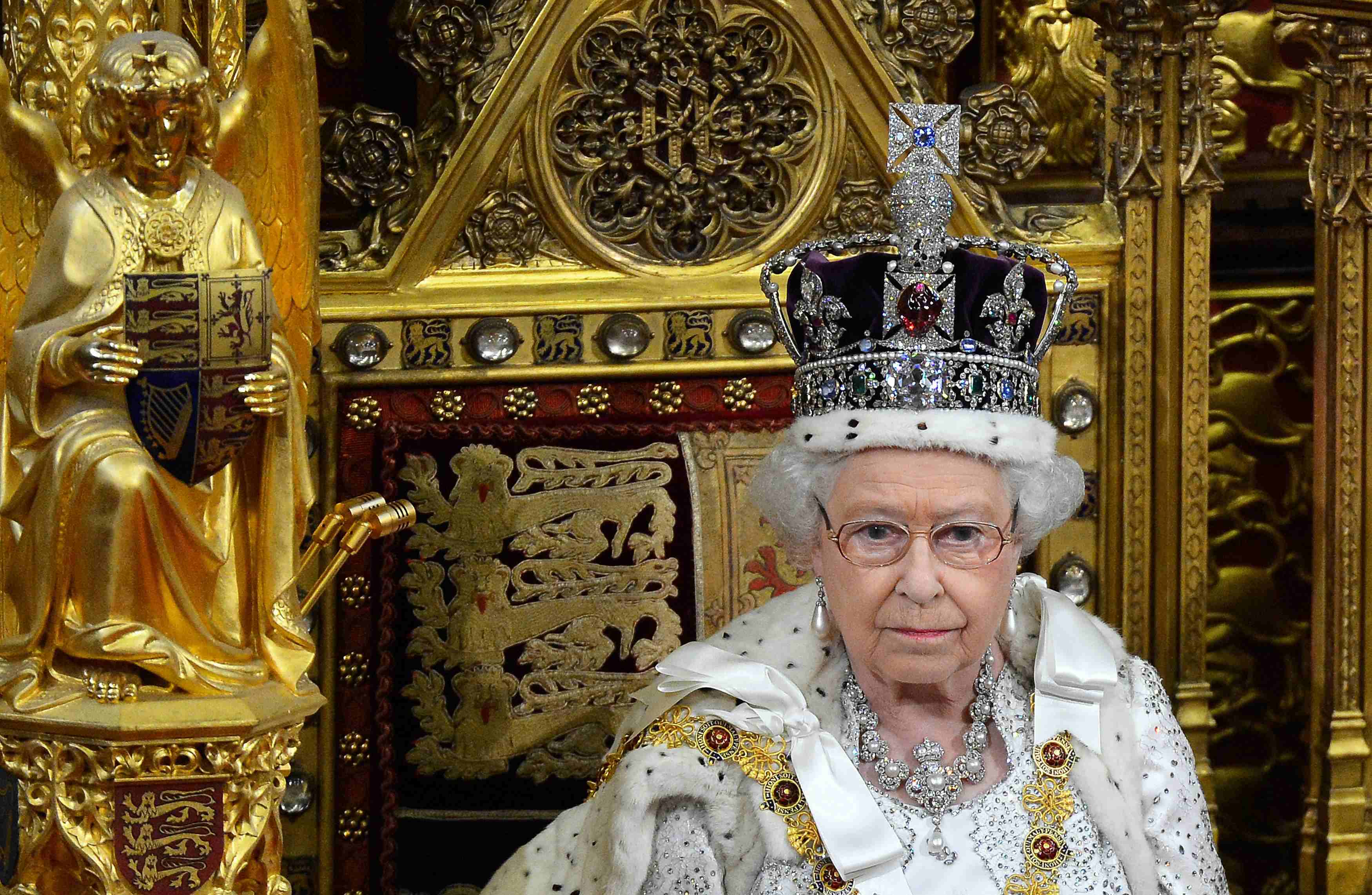
May 8, 2013: Queen Elizabeth waits before delivering her speech in
the House of Lords, during the State Opening of Parliament at the Palace of
Westminster in London. /Reuters Photo
May 8, 2013: Queen Elizabeth waits before delivering her speech in
the House of Lords, during the State Opening of Parliament at the Palace of
Westminster in London. /Reuters Photo
The documentary also features informal footage taken behind the scenes, including images of son and heir Prince Charles, then aged four, and his younger sister Anne playing underneath the queen’s long robe.
“Not what they’re meant to do,” the queen quips.
Charles has previously revealed how his mother had practiced wearing the 2.2-kilogram St Edward's Crown while he was being bathed.
Elizabeth wore two crowns for the occasion: The St Edward's Crown, which she had never worn since 1953 till a service to mark the 60th anniversary of Elizabeth II's coronation on June 4, 2013, and the diamond-encrusted Imperial State Crown which she wears at formal occasions such as the opening of parliament when she delivers a speech outlining the government’s legislative plans.
"You can't look down to read the speech, you have to take the speech up. Because if you did, your neck would break and it (the crown) would fall off," she said smiling. "So there are some disadvantages to crowns but otherwise they’re quite important things."
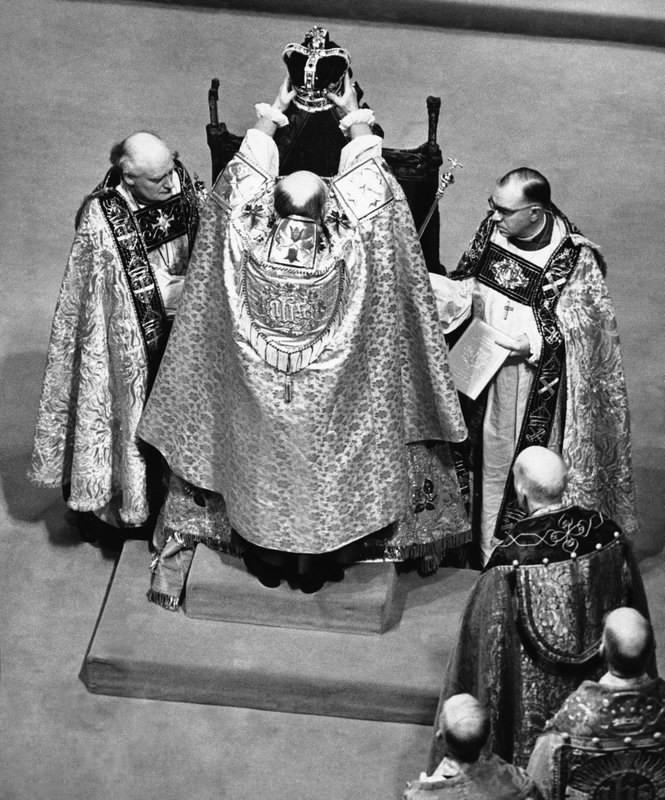
June 2, 1953: The Archbishop of Canterbury holds the ritual crown of England, the crown of St. Edward, over the head of Queen Elizabeth II, prior to the actual crowning at the coronation ceremony in Westminster Abbey, London. /AP Photo
June 2, 1953: The Archbishop of Canterbury holds the ritual crown of England, the crown of St. Edward, over the head of Queen Elizabeth II, prior to the actual crowning at the coronation ceremony in Westminster Abbey, London. /AP Photo
The documentary shows her peering inquisitively and then grinning as she taps at pearls hanging on the crown, two of which are said to have been bought by her Tudor namesake Queen Elizabeth I.
"They were meant to be Queen Elizabeth’s earrings," she said. "They don’t look very happy now. Most pearls like to be living creatures so they’ve just been hanging out here for years which is rather sad."
In the program, the queen also notes that the crown has been reduced in height since being worn by her father, King George VI.
“Fortunately, my father and I have about the same sort of shaped head,” the queen said. “But once you put it on, it stays. I mean, it just remains on.”
Source(s): AP
,Reuters

